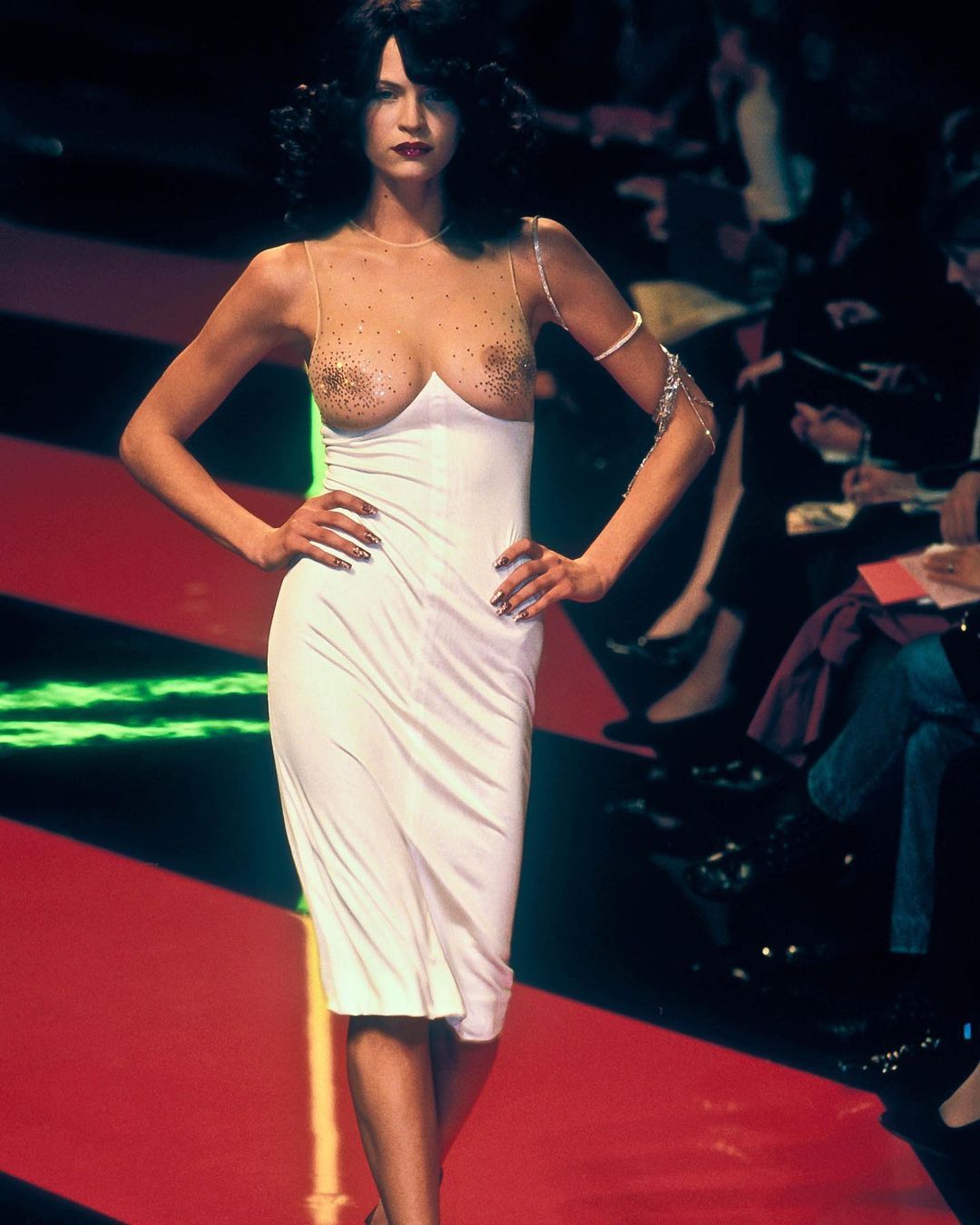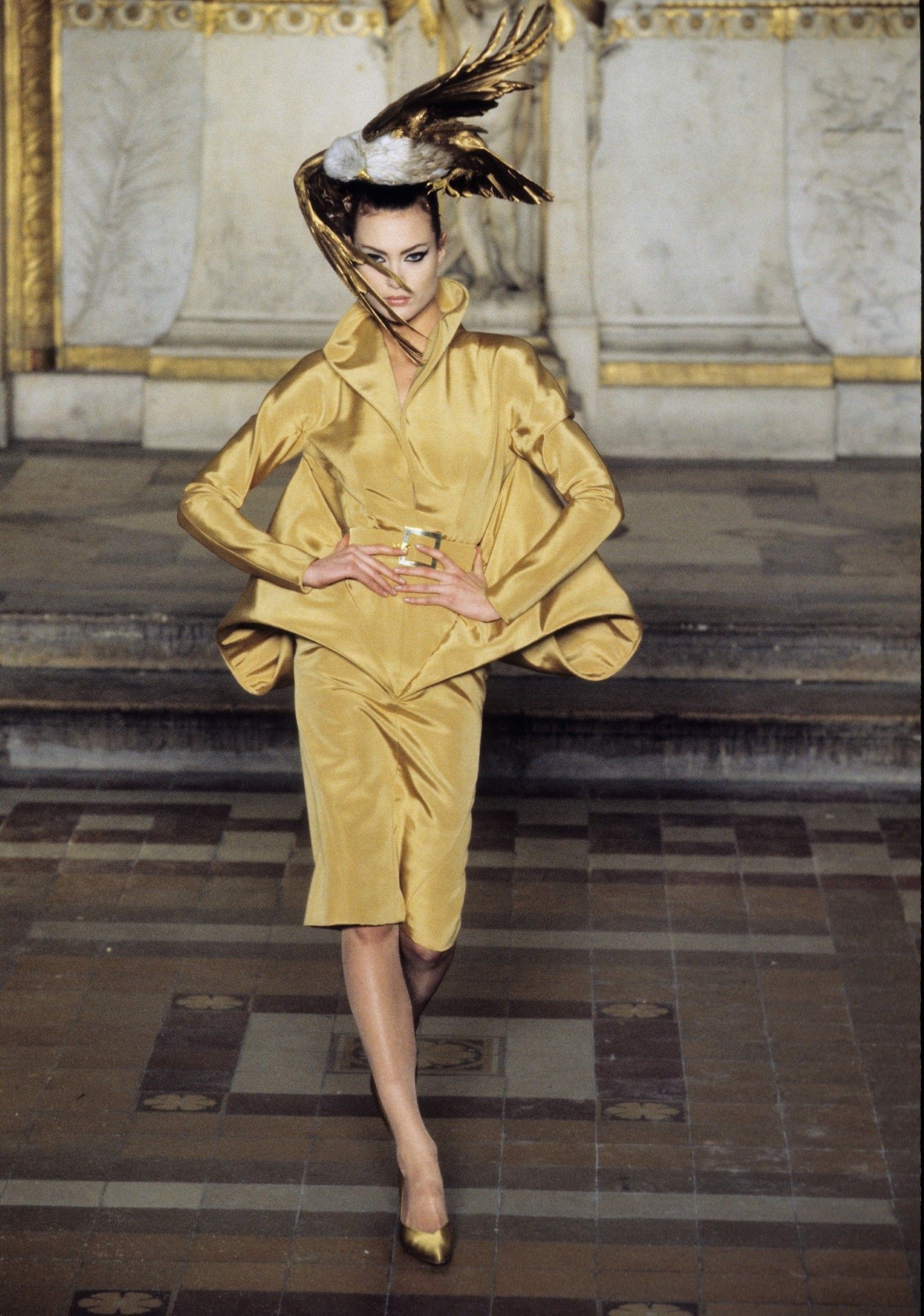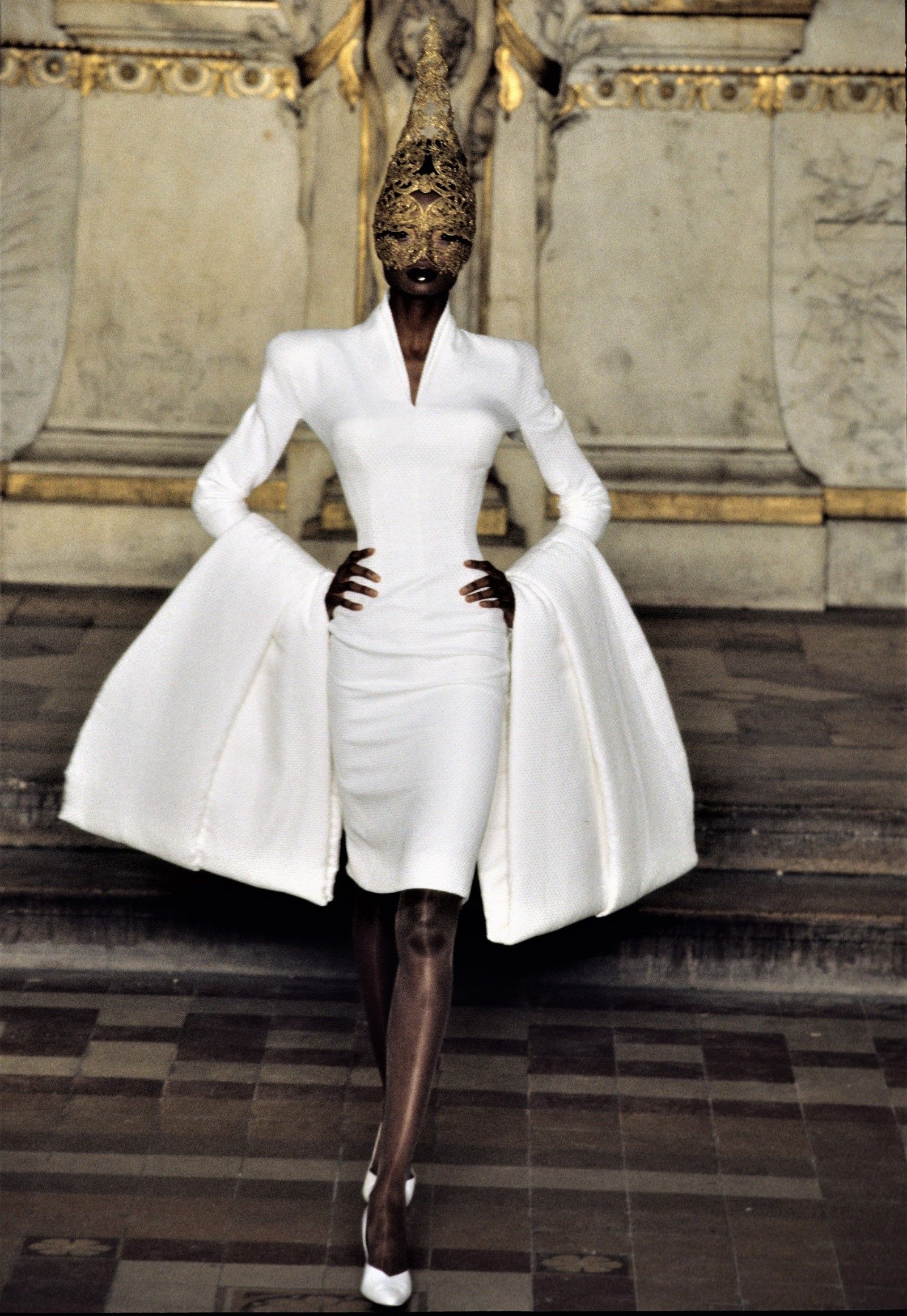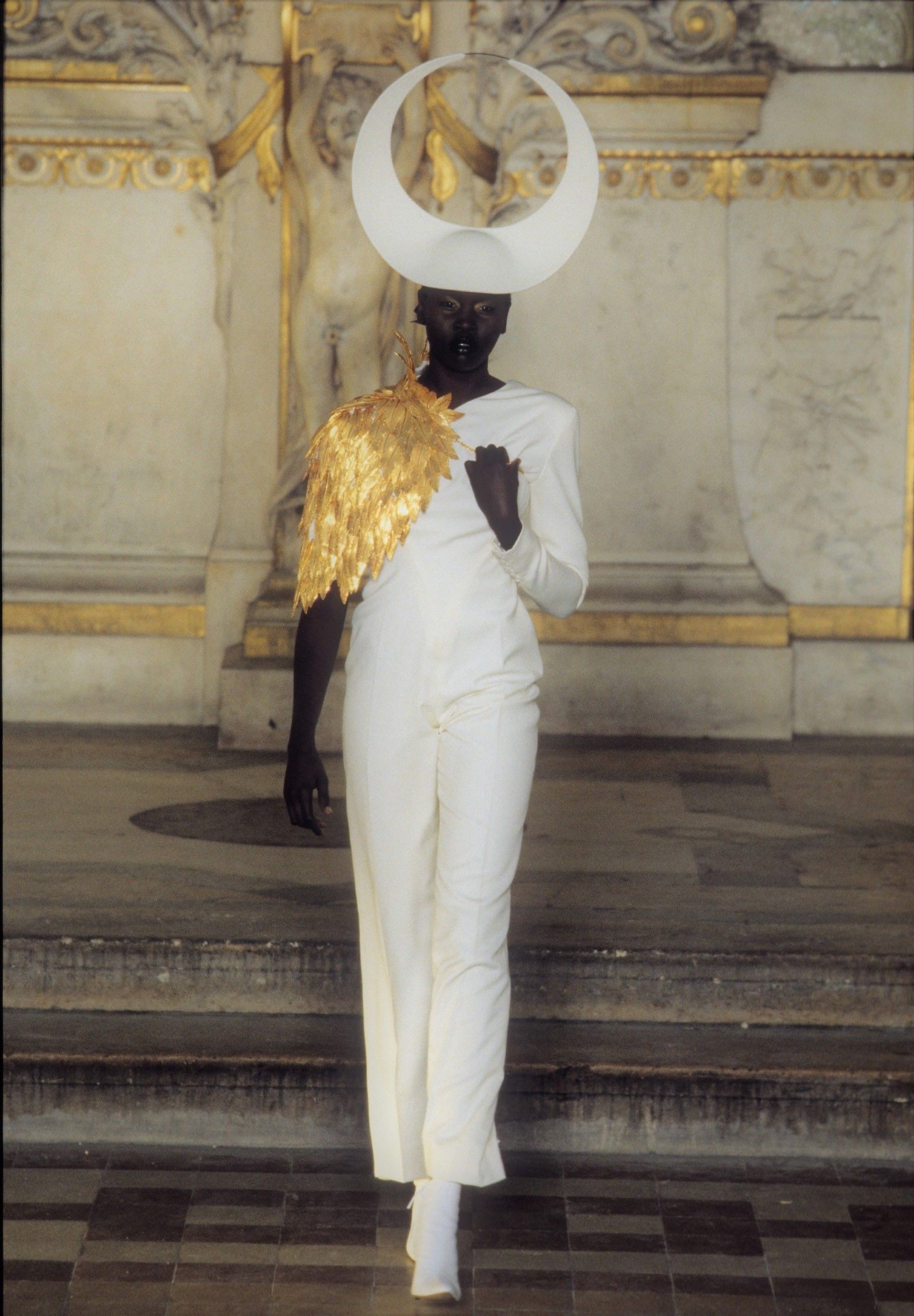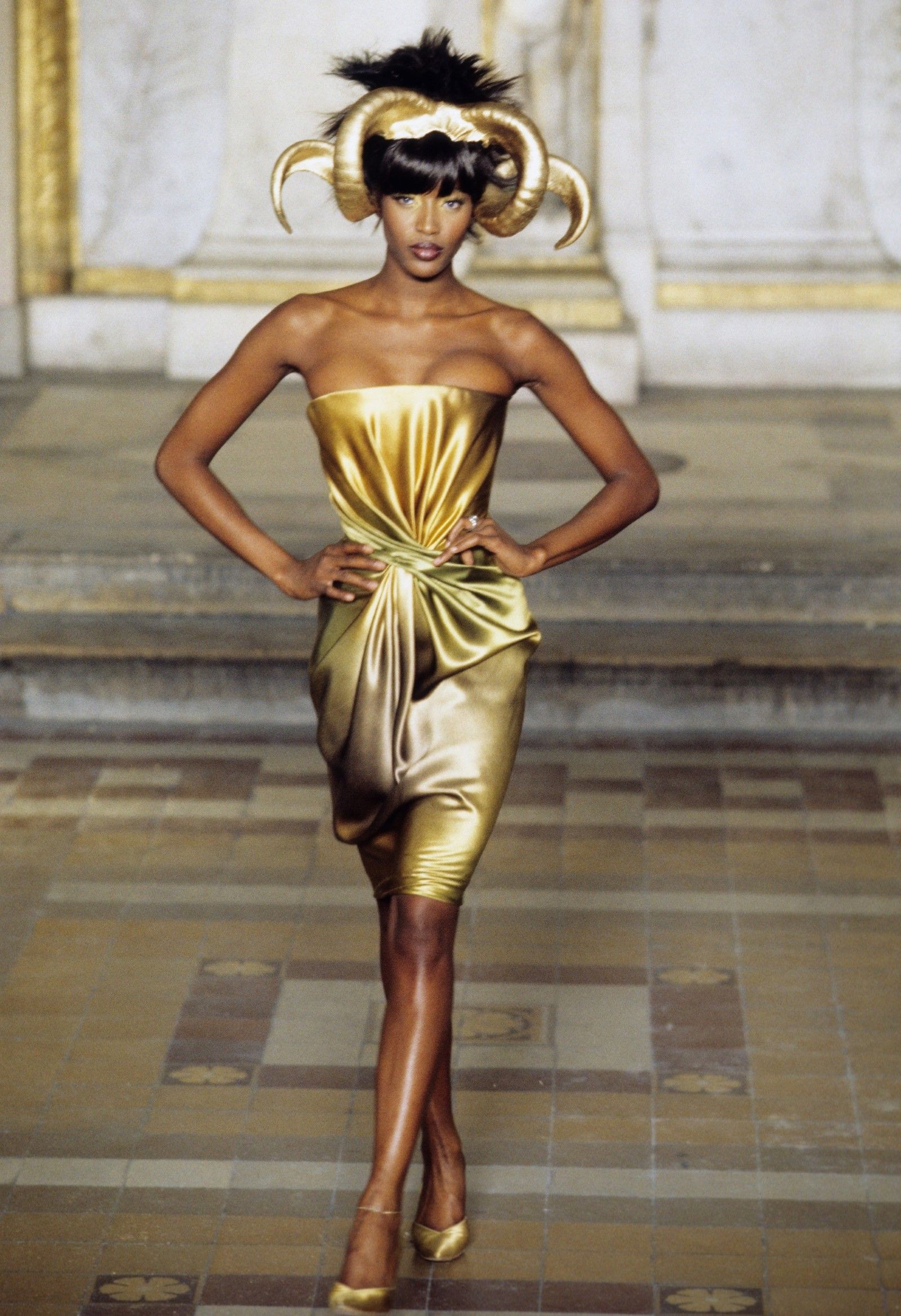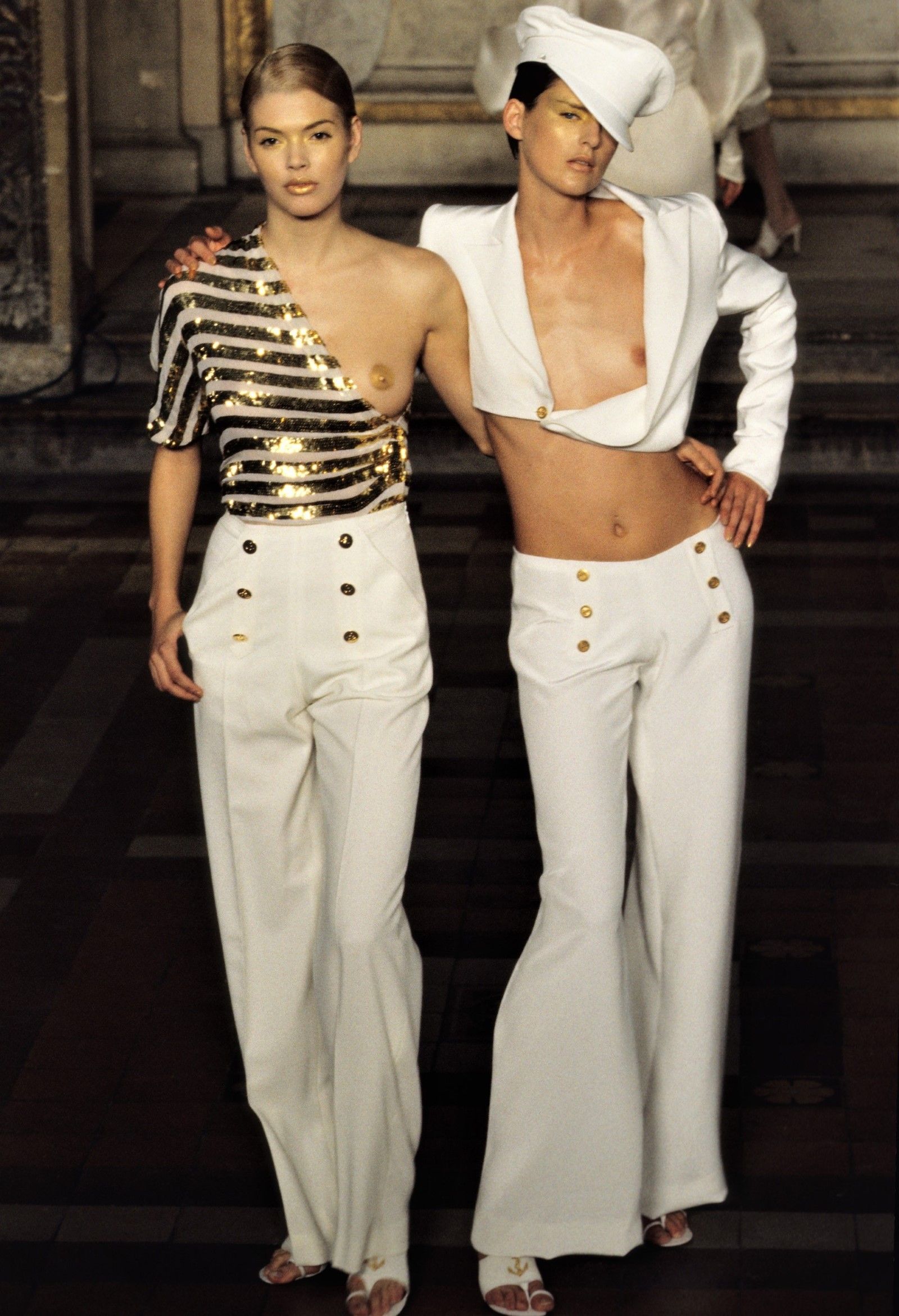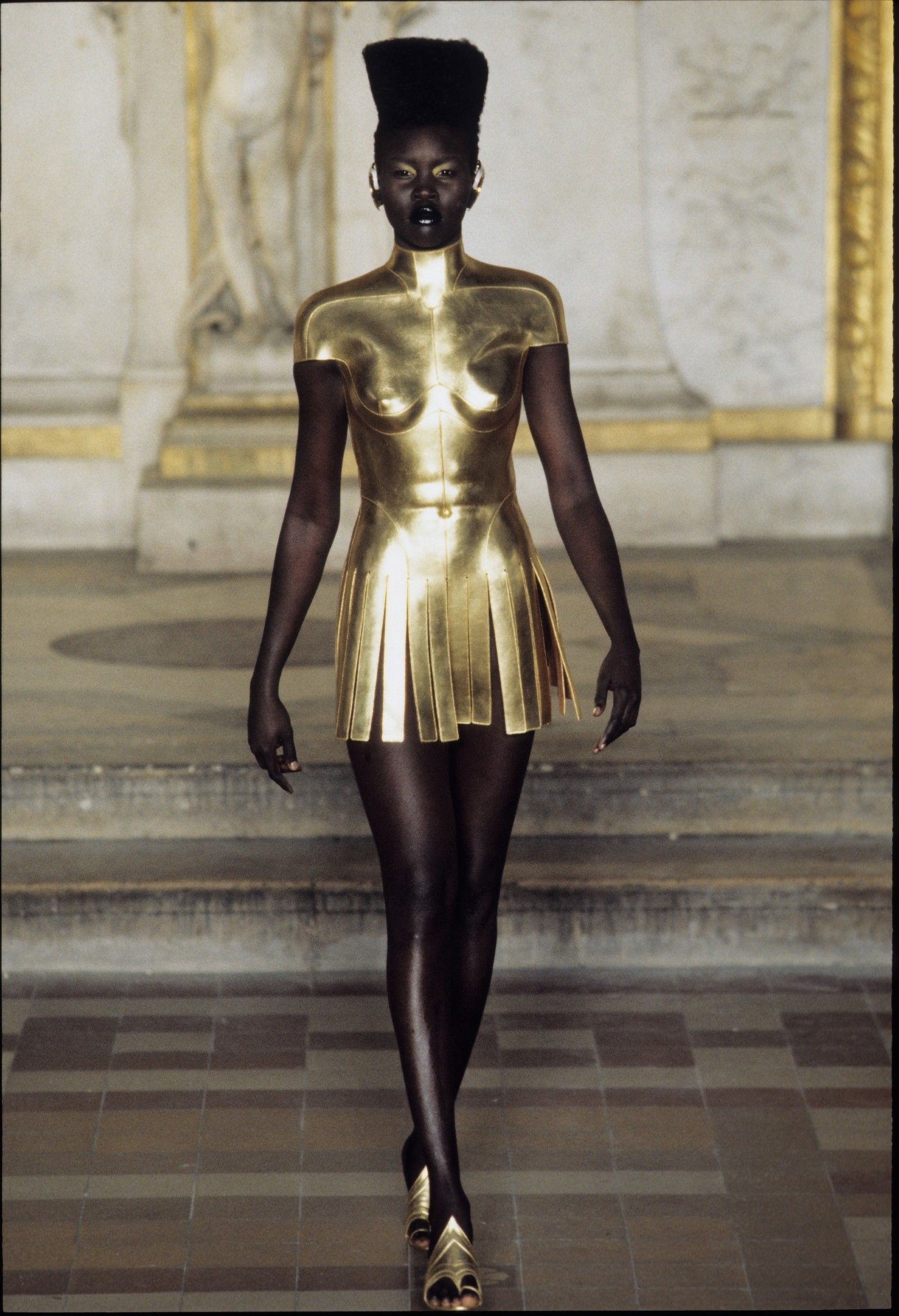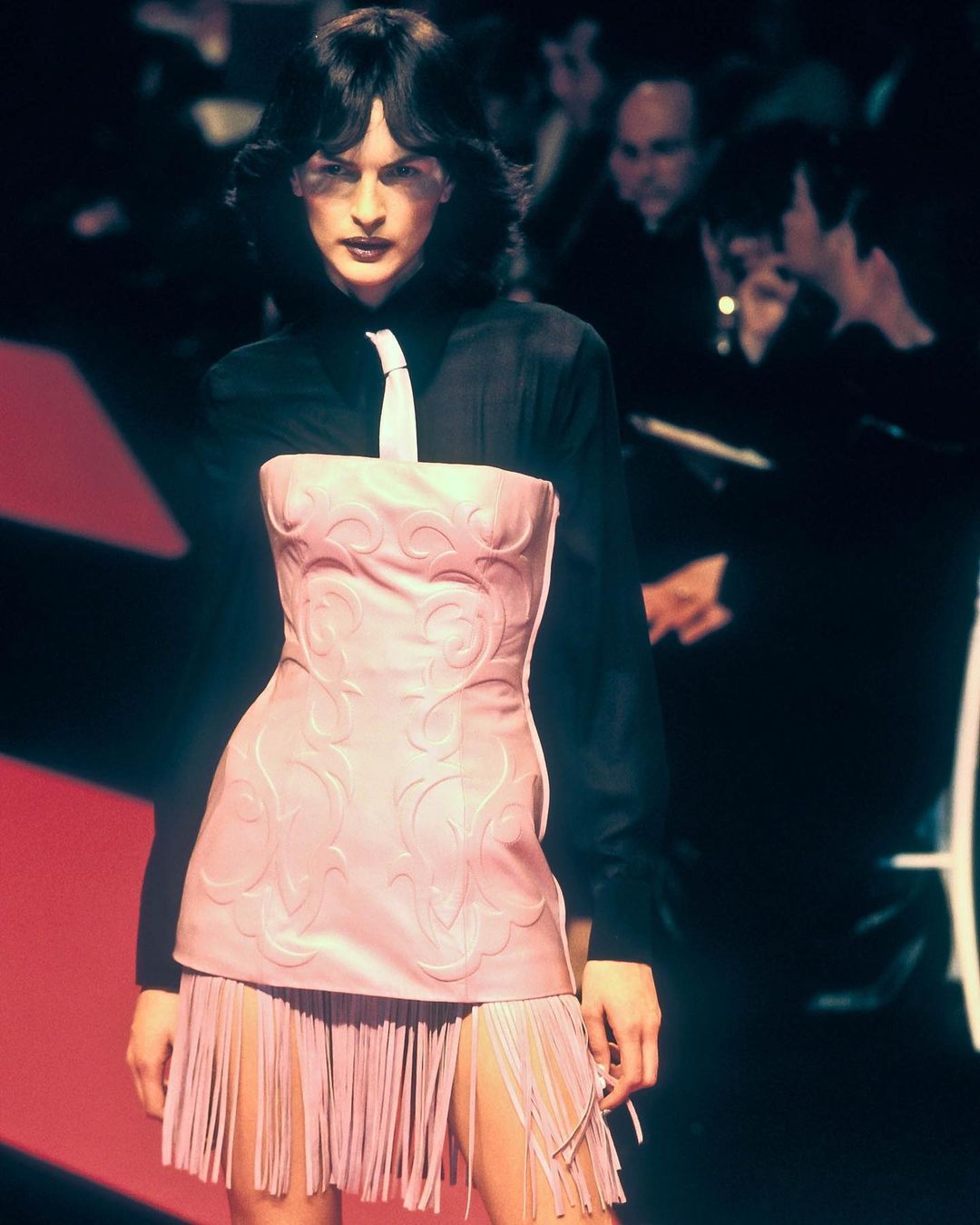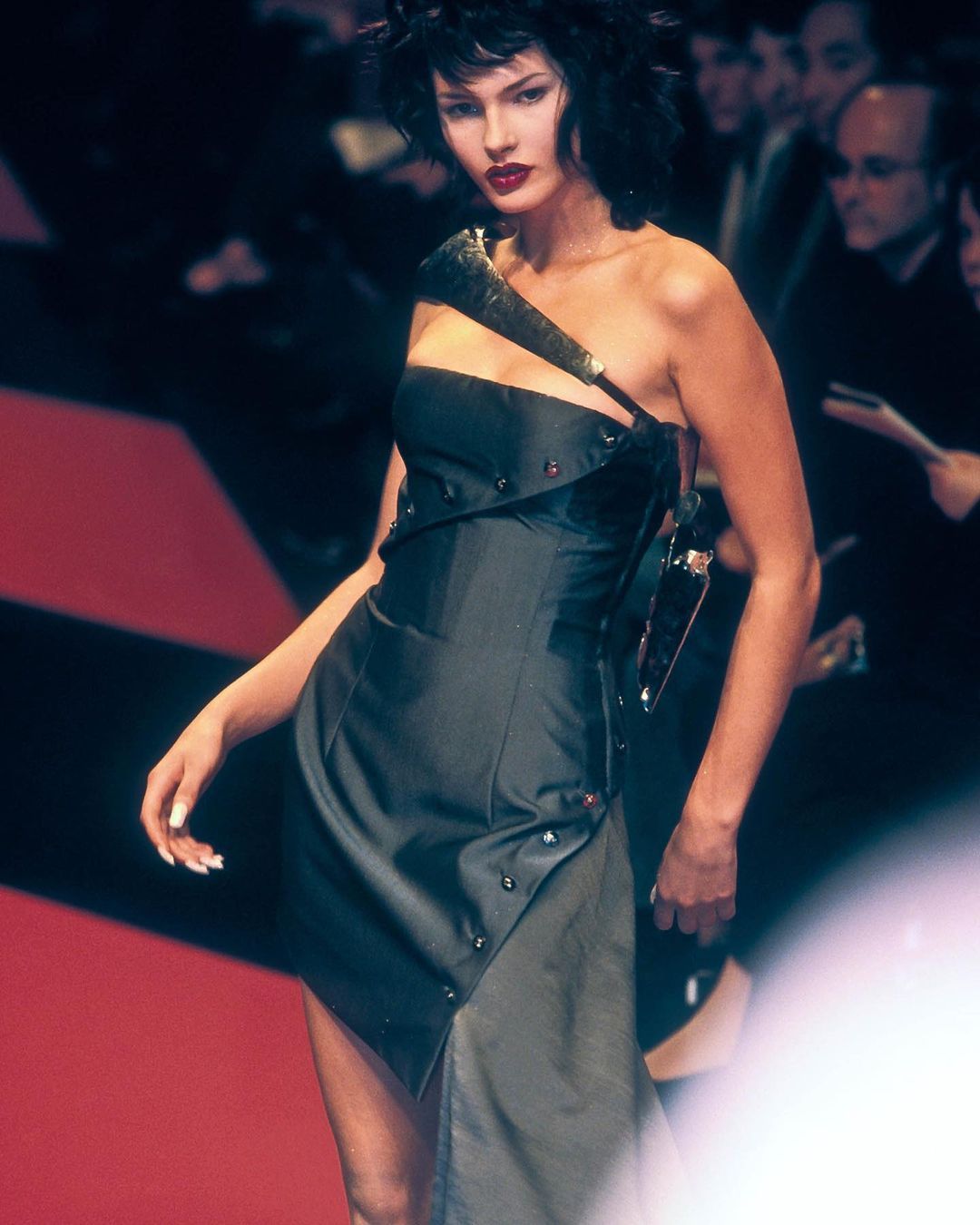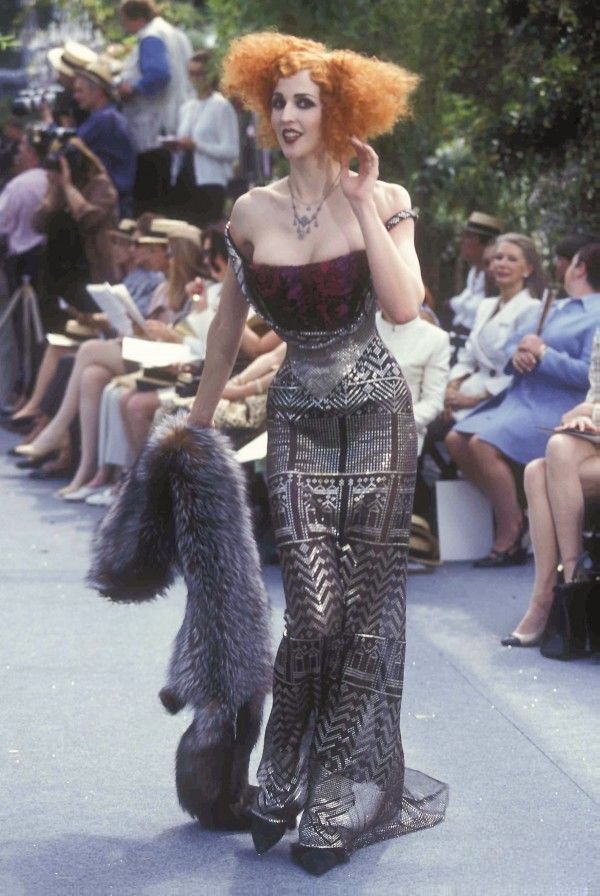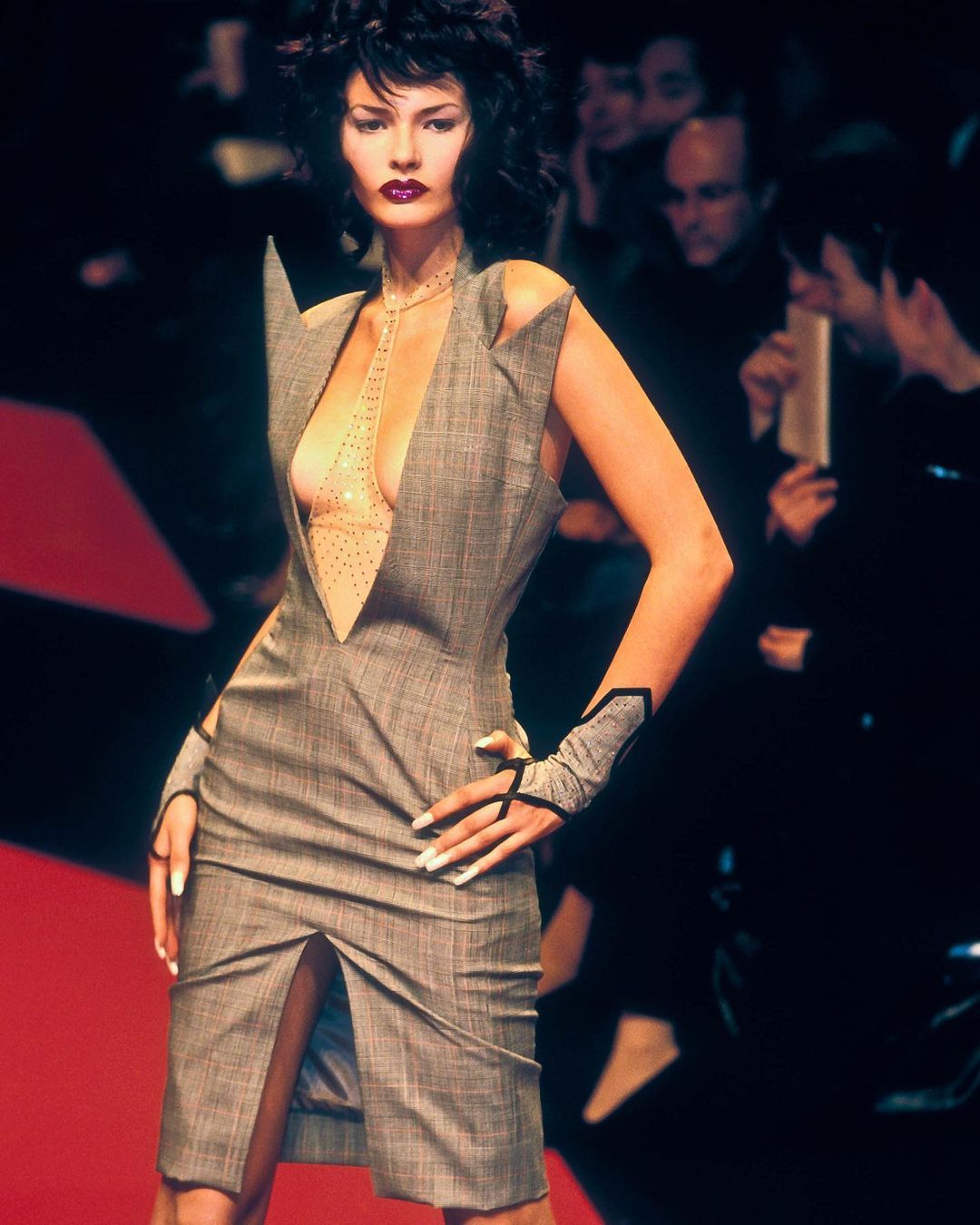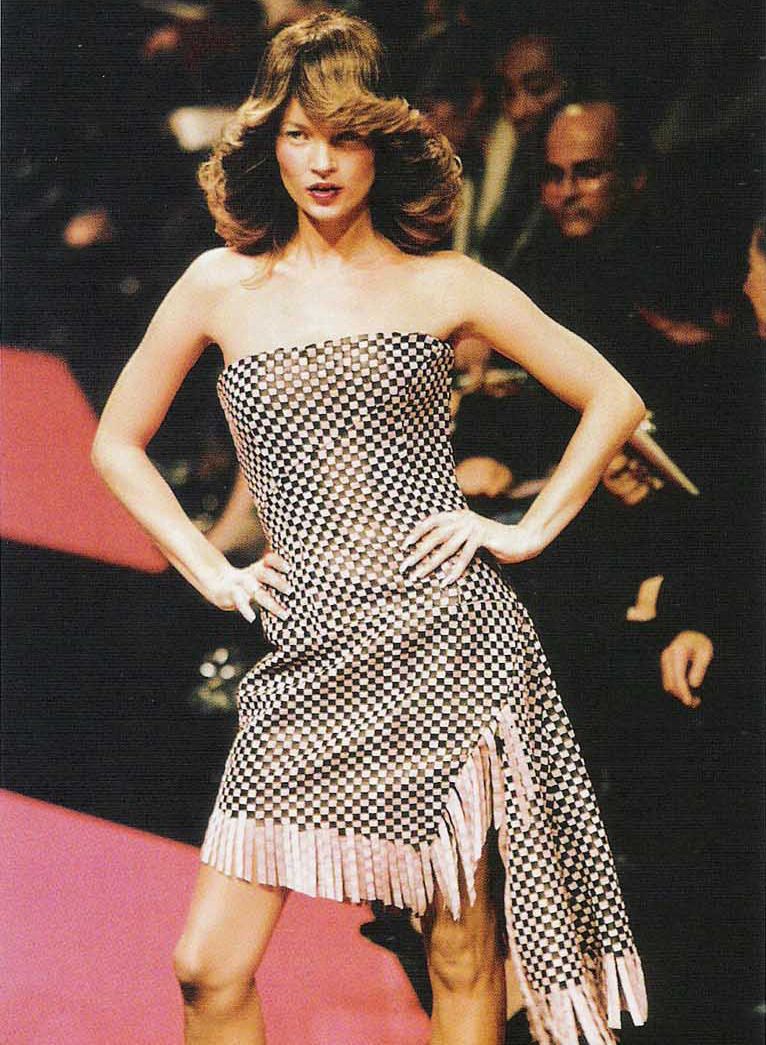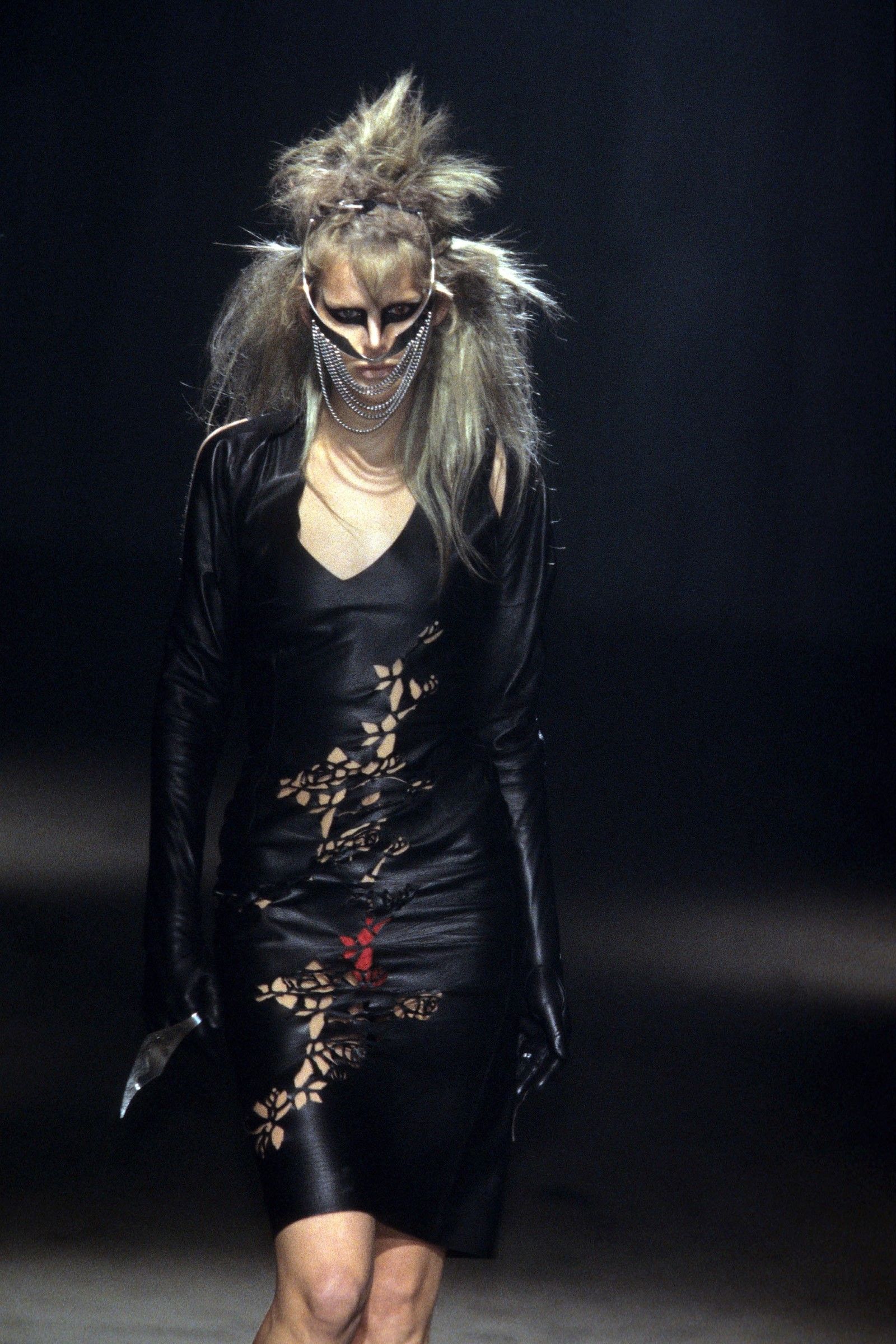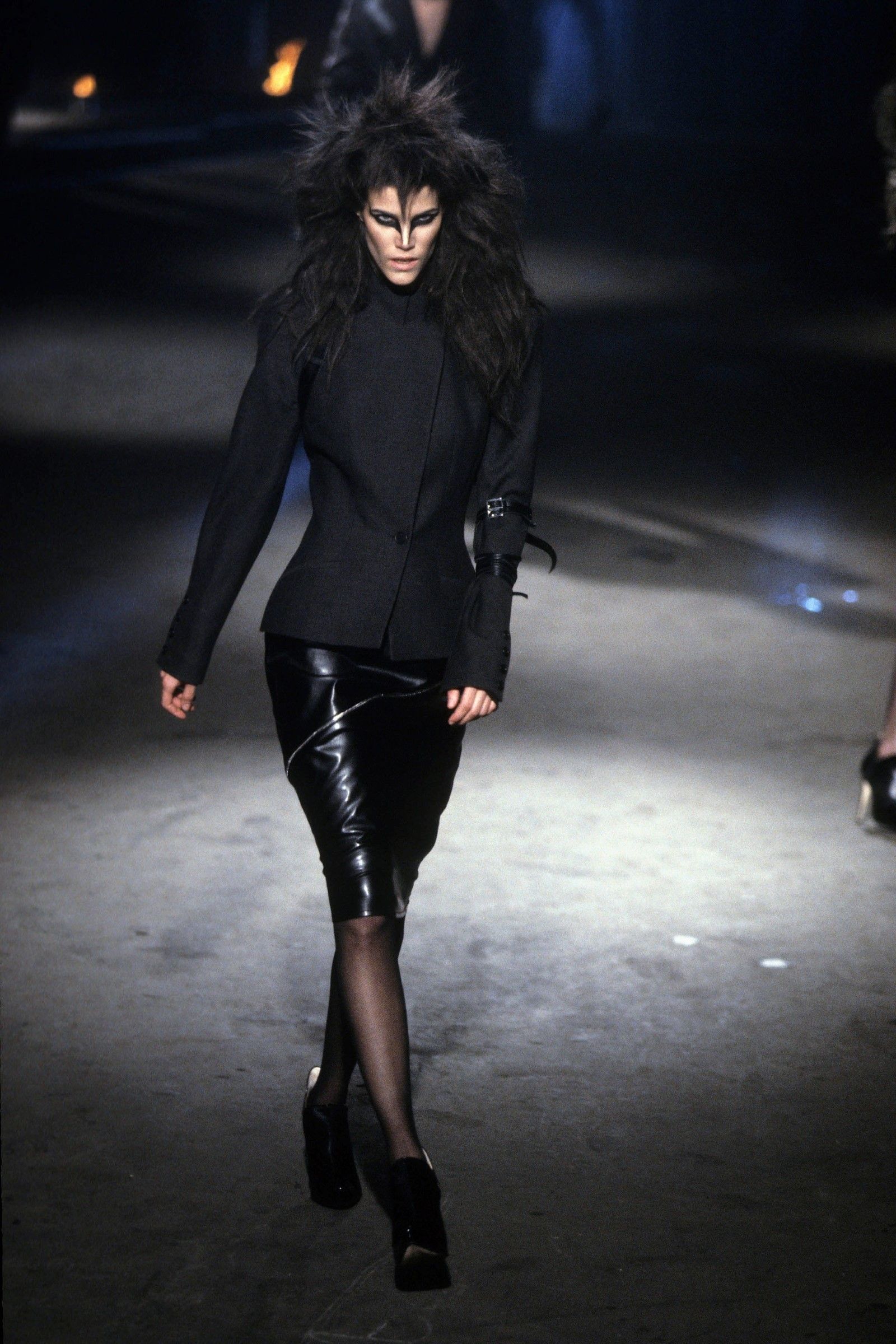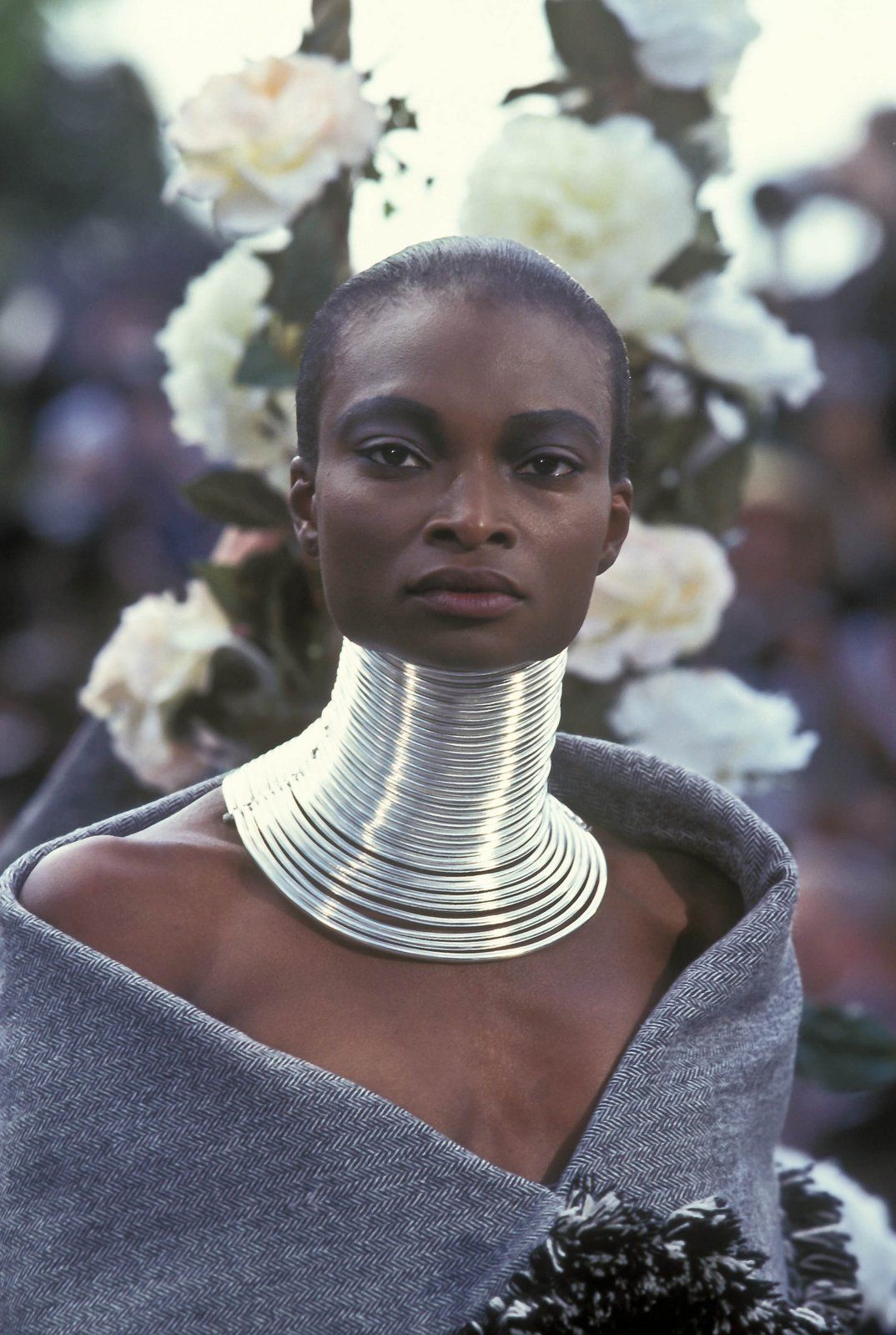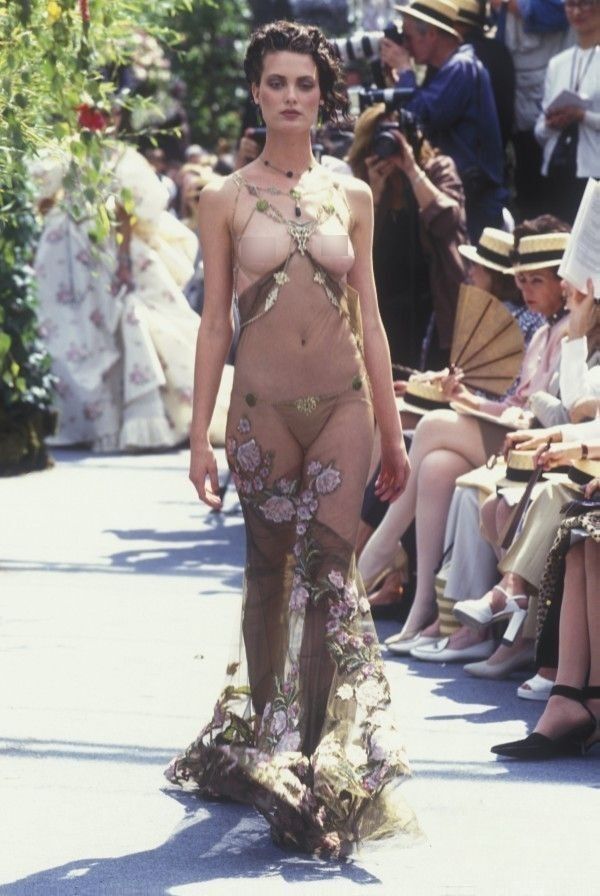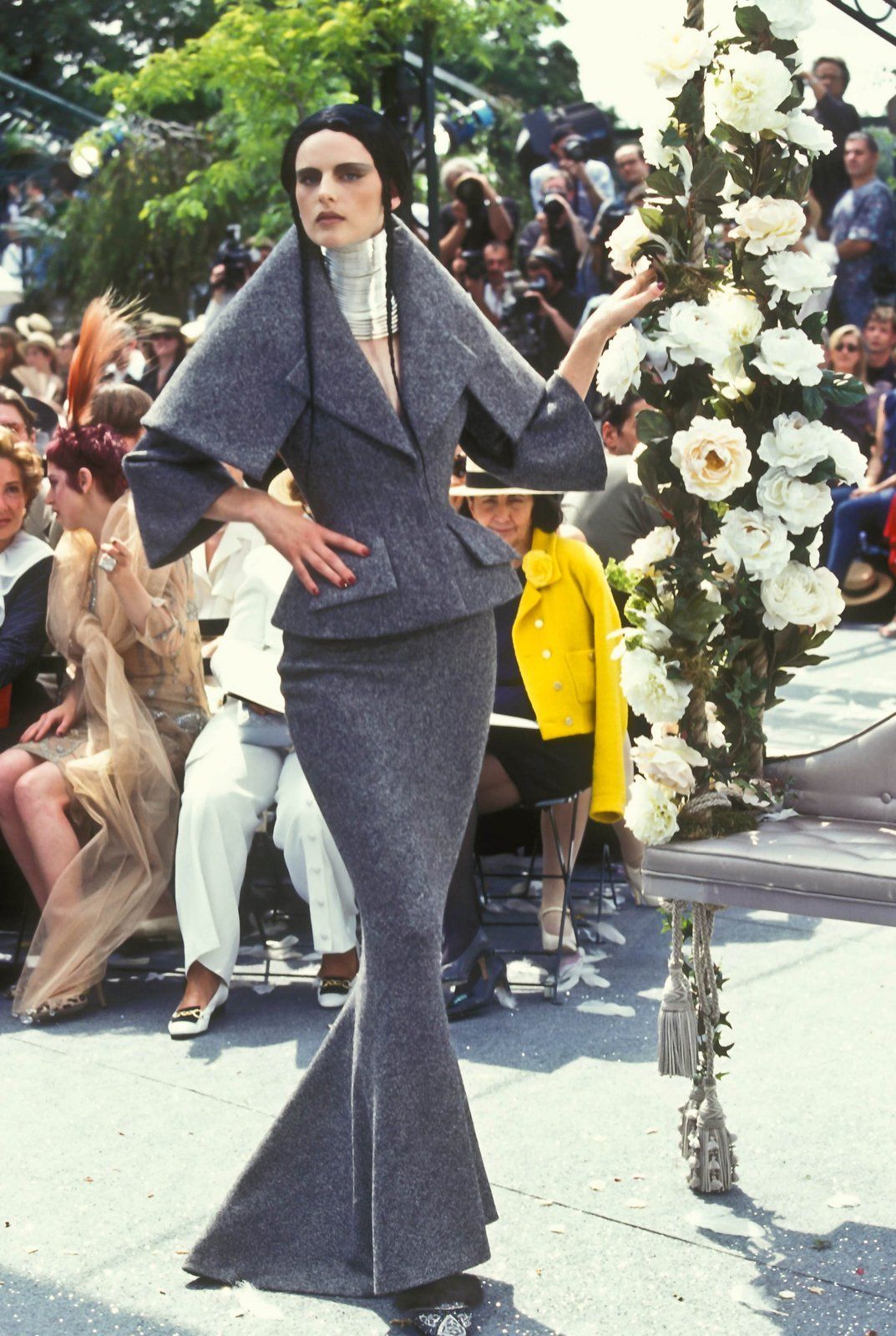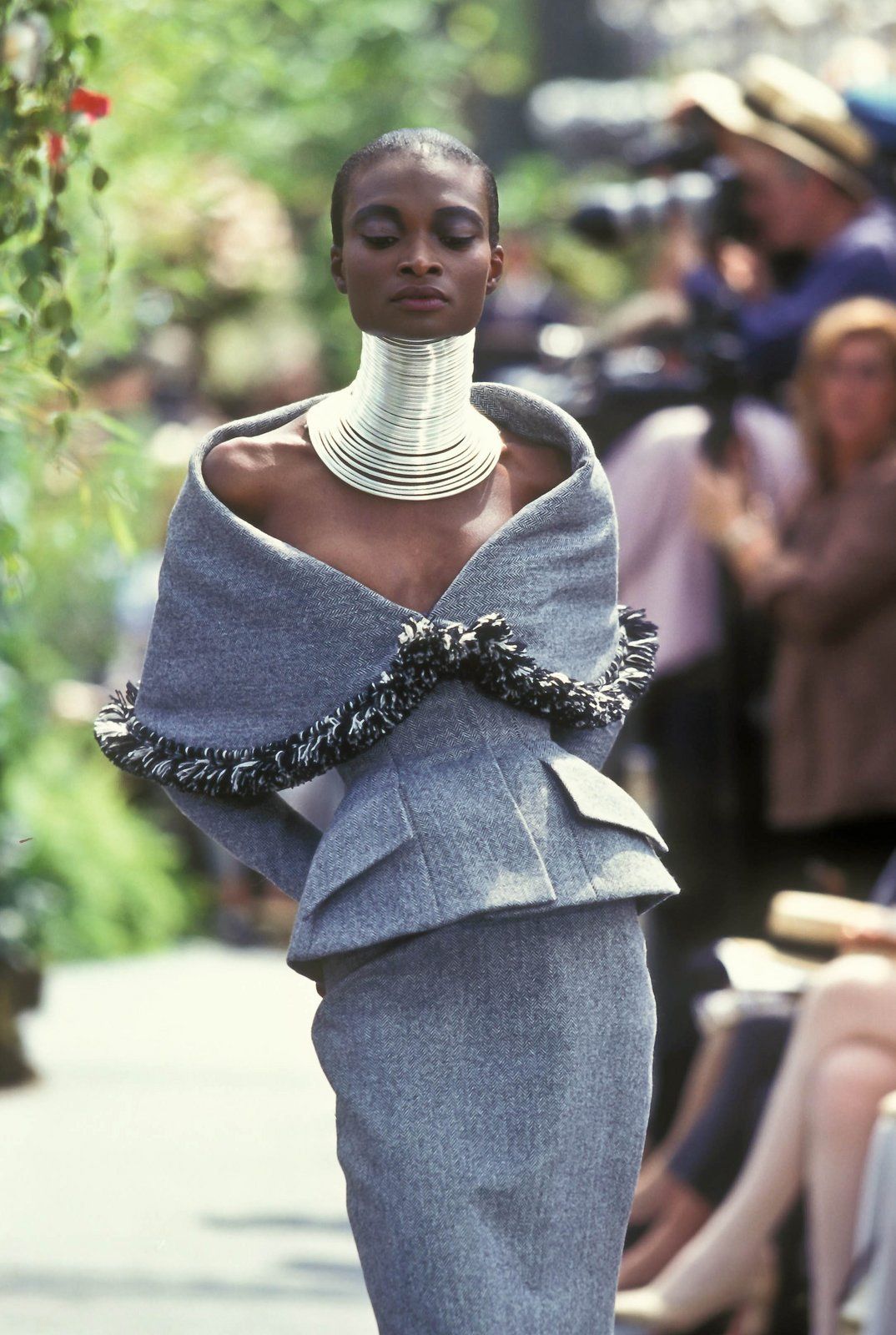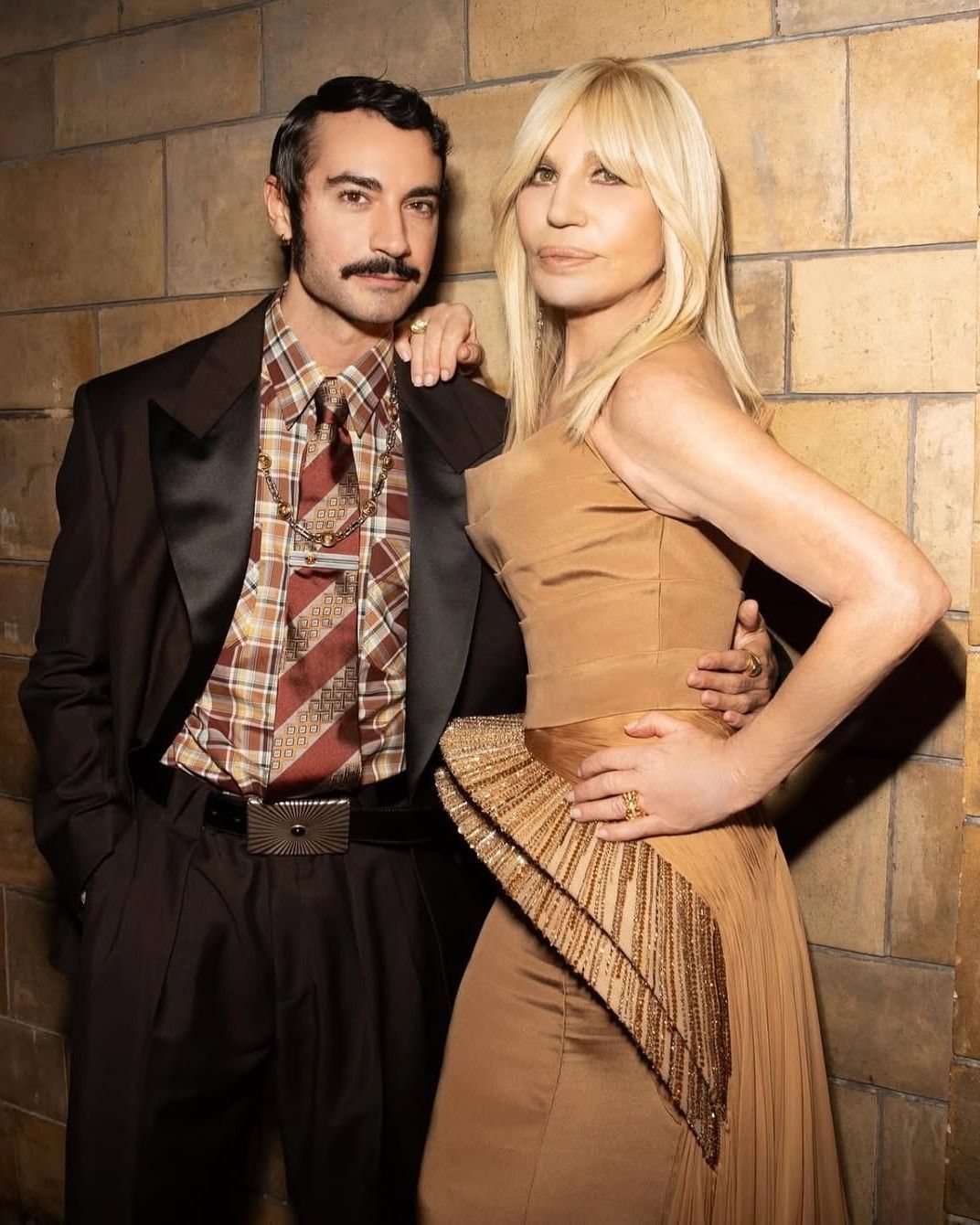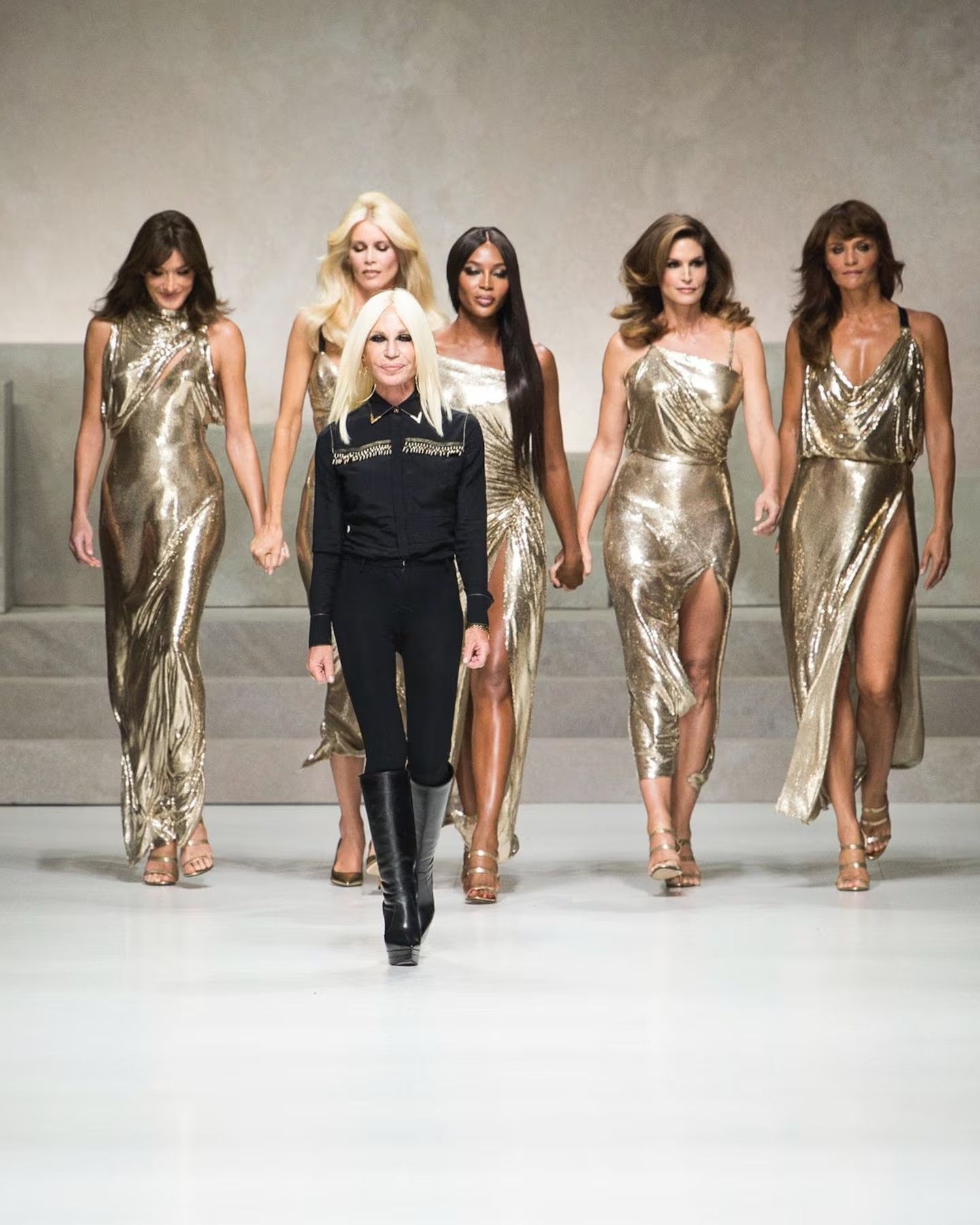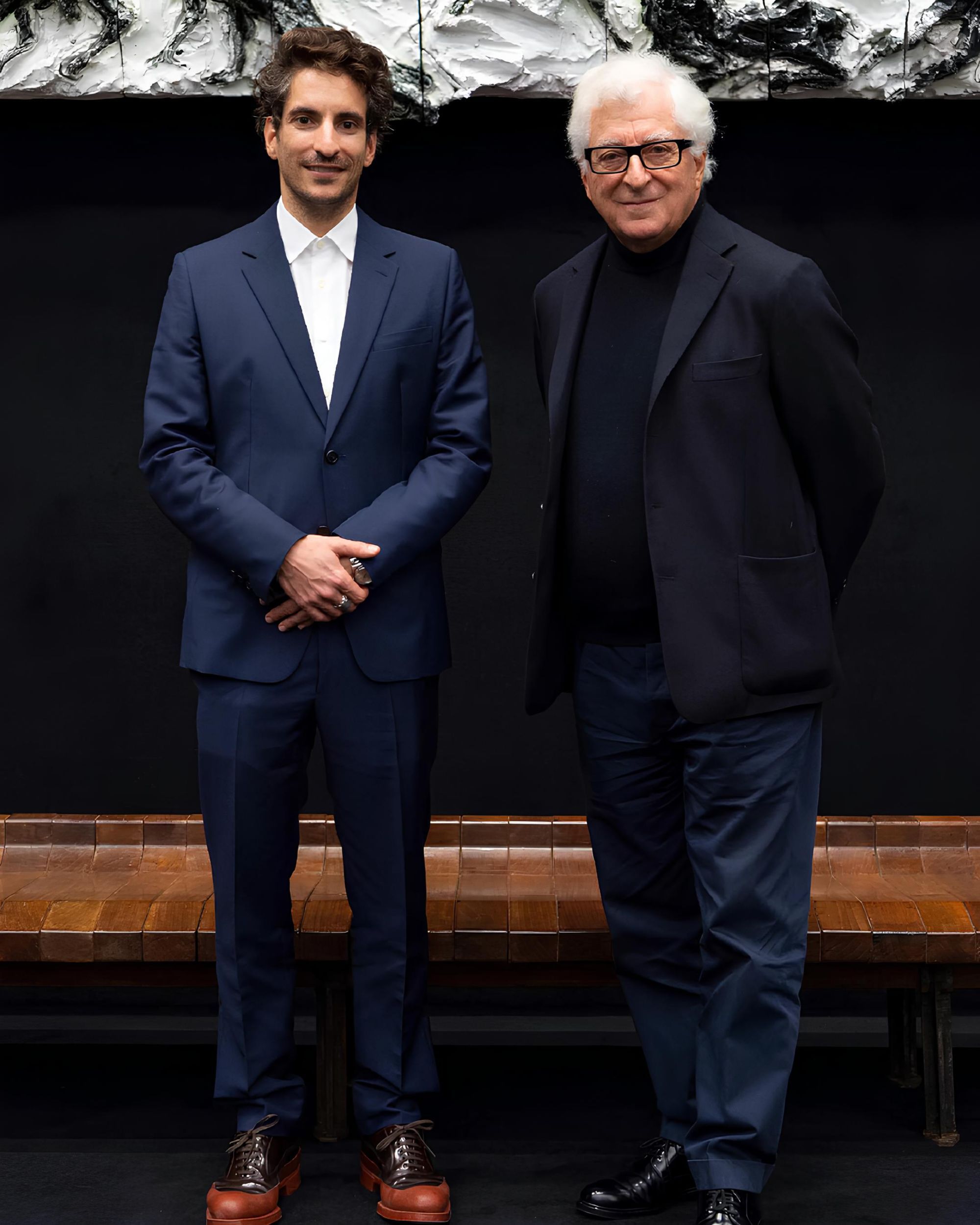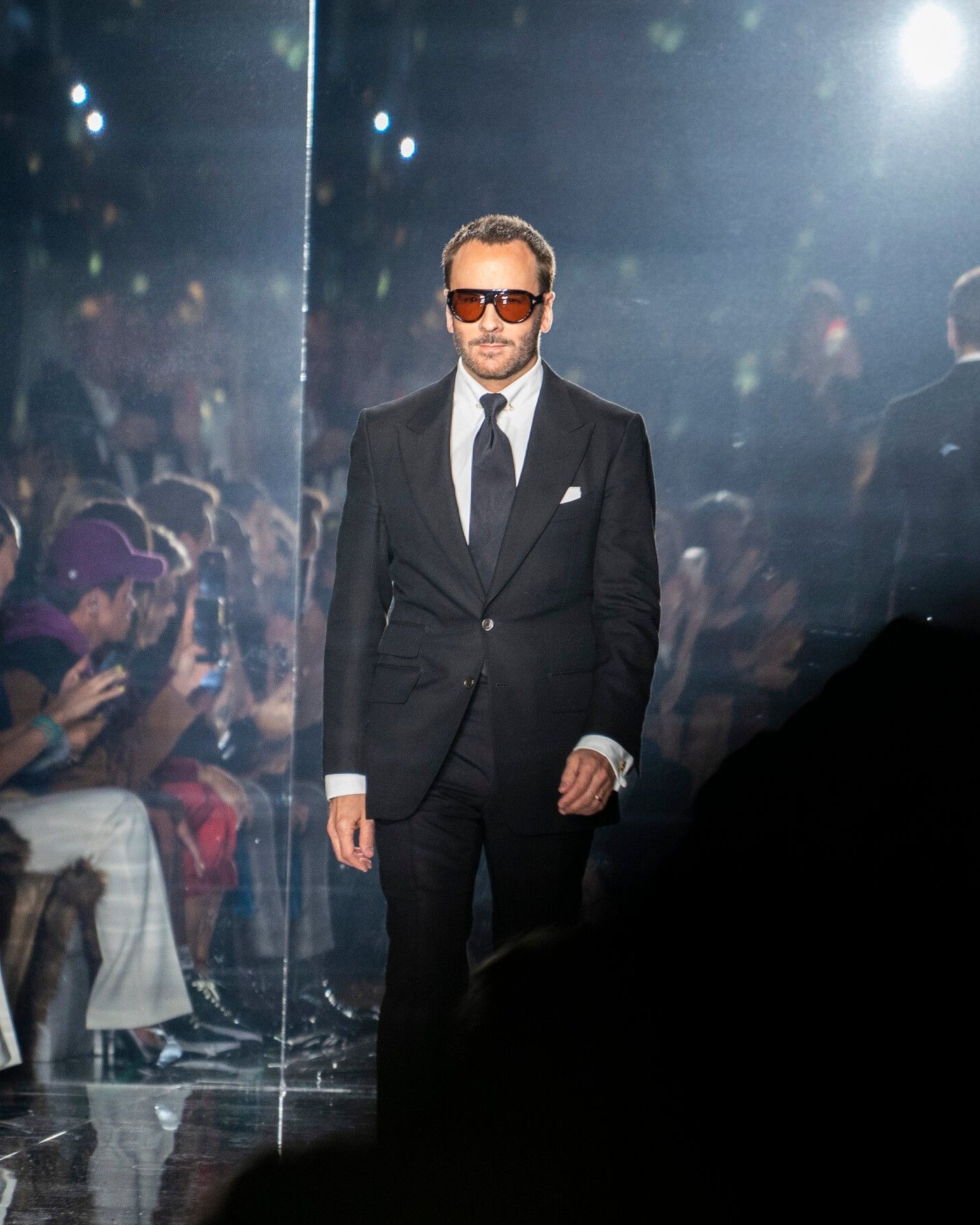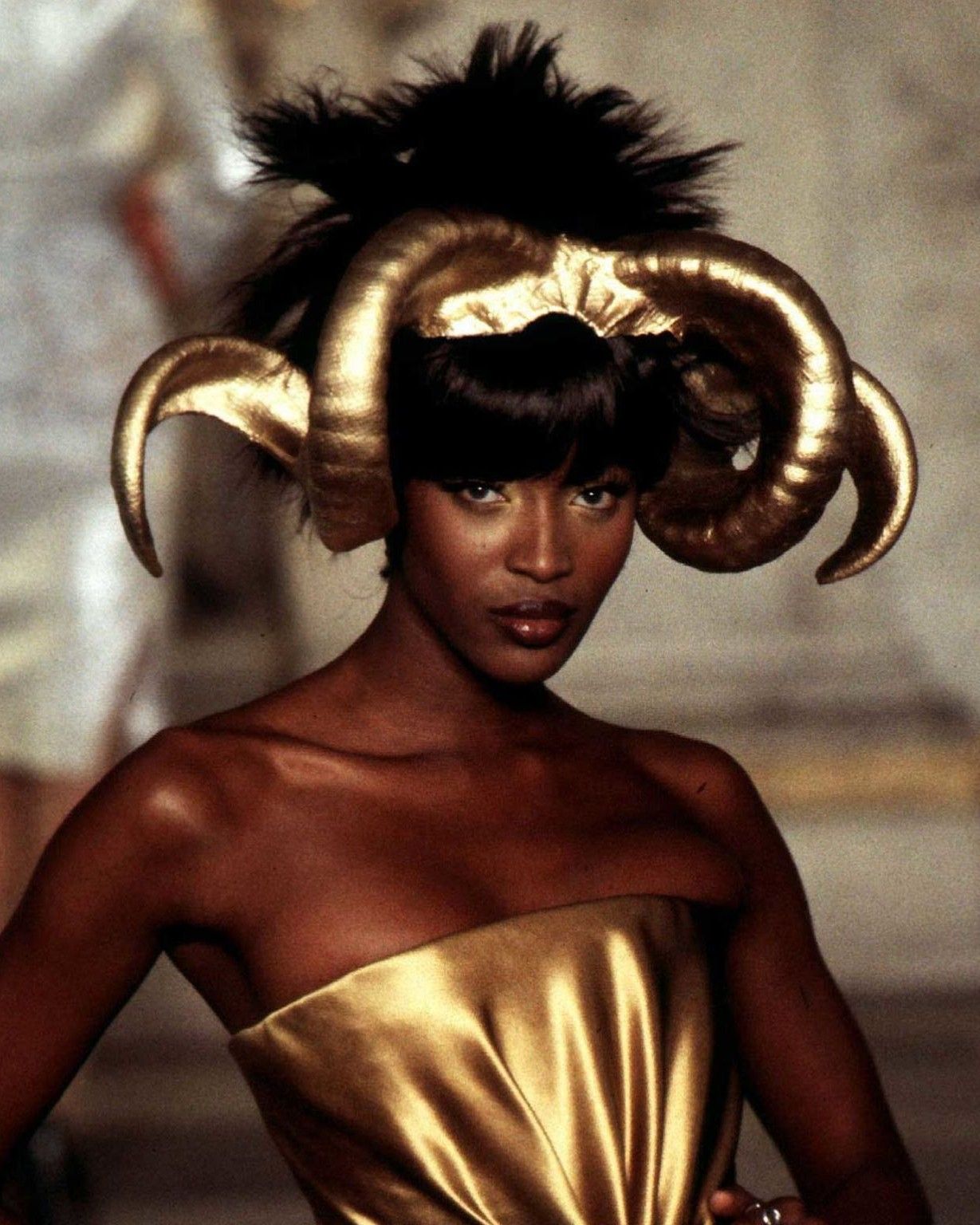
1997: the year that changed the history of contemporary fashion The twelve months that changed the luxury industry forever
Until 16 July 2023, the Palais Galliera in Paris is showing an exhibition about 1997, a crucial year in the history of contemporary fashion. This year brought an endless number of textile proposals and events that laid the foundations for the fashion of the new millennium. The year 1997 had such an impact on pop culture that it can be considered the birth of fashion as we know it today. This creative explosion was largely due to the cultural flare-up at the end of the millennium and the change in the hierarchical structure of institutions. Haute couture, for example, experienced a paradigm shift with the infiltration of young prodigies like British designers Alexander McQueen and John Galliano. Alexander McQueen's debut at Givenchy showed how disruptive fashion could be: the Greek-inspired collection, Search for the Golden Fleece was considered by critics and clients alike to be a complete flop but far from driving McQueen away from fashion, in less than eight weeks, he was able to present two more shows: his own label's London collection, It's a Jungle Out There, and his first Givenchy women's collection in Paris. Its dark and provocative aesthetic, with garments inspired by mourning and grief, generated a polarized reaction in the fashion industry. All of this cemented McQueen's reputation as an innovative and risk-taking designer beyond criticism. At the same time, Galliano, who had made his debut at Dior the previous January, presented his second haute couture collection of the year at the Jardin de la Bagatelle, combining a certain exotic symbolism with Dior's European luxury to create a collection that became iconic. Galliano fused ethnic elements with Dior luxury to create an iconic collection. That same year, John Galliano was named Designer of the Year at the prestigious British Fashion Awards. This recognition underlined his talent and significant contribution to the fashion industry.
Gaultier, the enfant terrible of fashion, and Mugler also save the dying haute couture with shows that tell stories beyond the clothes. Film stories, in the truest sense of the word. Gaultier was the creator of the costumes for the "Fifth Element", a stylistic universe remembered by all cinema-goers. And the deconstruction of clothes also came into fashion through Rei Kawakubo and Margiela. The deformed bodies of Comme des Garçons in the 'Body Meets Dress, Dress Meets Body' collection and the conceptualised garments of Martin Margiela in the Stockman collection predefined the beauty canon just as Tom Ford and Raf Simons predefined the male canon. Tom Ford's sexual liberation of the male on the catwalk in the midst of the porn-chic era saw the Gucci man wear a thong for the first time - with the famous G-string.
Raf Simons had him paraded with a bare torso and black palm trees as tattoos on his back... The fashion world was globalising at a dizzying pace and was a harbinger of what would happen in the coming decades. The increasing use of the internet accelerated this process. Today we can access any fashion show in real time at the click of a mouse, but before 1997 things were very different. Helmut Lang was the first to broadcast a fashion show on the internet. For his FW98 collection, the designer moved from Paris to New York and the show was broadcast on the internet; visitors also received a CD-ROM of the collection. Others went on to .com life. The iconic concept shop Colette opened and became one of the first retailers to offer a large selection online. It remained the epicentre of synergies between fashion, music and culture for 20 years until it closed in 2017.
Fendi Baguette Bag is established as the bag who invented the IT BAGS era and it was loved by the iconic Carrie Bradshaw in Sex and The City. In the show Fendi Baguette had remarkable moments such as the scene where Carrie gets mugged on the streets pic.twitter.com/IdqNf026rI
— Gabriela (@blondiejpg) December 13, 2020
The year 1997 also saw the birth of the "it bag" with the debut of the Fendi Baguette. Silvia Venturini Fendi launched it and Carrie Bradshaw's famous line in SATC "That's not a bag, that's a baguette" made it iconic. If the Fendi Baguette made fashion history and is enjoying a revival of the phenomenon today, it is thanks to its starring role in the wardrobe of Sarah Jessica Parker's character. Not everything was rosy at the end of the millennium. There were also deaths that unexpectedly shocked the world. Diana Spencer and Gianni Versace, good friends, died within a month and a half of each other, leaving an irreplaceable gap in the decade. Curious or not, Princess Diana, who dressed like a strong woman rather than a good girl after leaving Buckingham, immersed herself in the world of Giani. This association with other designers like Karl Lagerfeld or Armani created the most coveted wardrobe of the 90s.
Twenty-five years later, the days when haute couture was reborn, body liberation emerged and the internet accelerated globalisation seem a world away. But we all know that this exhibition '1997 FASHION BIG BANG', AT PALAIS GALLIERA, excitingly revisits those 365 years that changed the paradigm and laid the foundation for the industry as we know it today.










































